Bosch 'entry level' dishwashers
bons
11 years ago
Featured Answer
Sort by:Oldest
Comments (12)
deeageaux
11 years agolast modified: 9 years agoweissman
11 years agolast modified: 9 years agoRelated Professionals
Amherst Kitchen & Bathroom Designers · Brownsville Kitchen & Bathroom Designers · Alpine Kitchen & Bathroom Remodelers · Honolulu Kitchen & Bathroom Remodelers · Lincoln Kitchen & Bathroom Remodelers · Spokane Kitchen & Bathroom Remodelers · Princeton Kitchen & Bathroom Remodelers · Palestine Kitchen & Bathroom Remodelers · Mountain Top Kitchen & Bathroom Remodelers · Canton Cabinets & Cabinetry · Effingham Cabinets & Cabinetry · Newcastle Cabinets & Cabinetry · Parsippany Cabinets & Cabinetry · Warr Acres Cabinets & Cabinetry · White Oak Cabinets & Cabinetryjwvideo
11 years agolast modified: 9 years agobons
11 years agolast modified: 9 years agojakvis
11 years agolast modified: 9 years agoqueensinfo
11 years agolast modified: 9 years agoxedos
11 years agolast modified: 9 years agojakvis
11 years agolast modified: 9 years agolee676
11 years agolast modified: 9 years agojakvis
11 years agolast modified: 9 years agolee676
11 years agolast modified: 9 years ago
Related Stories

HOUSEKEEPINGTackle Big Messes Better With a Sparkling-Clean Dishwasher
You might think it’s self-cleaning, but your dishwasher needs regular upkeep to keep it working hard for you
Full Story
HOUSEKEEPINGDishwasher vs. Hand-Washing Debate Finally Solved — Sort Of
Readers in 8 countries weigh in on whether an appliance saves time, water and sanity or if washing by hand is the only saving grace
Full Story
BASEMENTSBasement Becomes a Family-Friendly Lower Level
A renovation creates room for movie nights, overnight guests, crafts, Ping-Pong and more
Full Story
DECORATING GUIDESHow to Create Quiet in Your Open Floor Plan
When the noise level rises, these architectural details and design tricks will help soften the racket
Full Story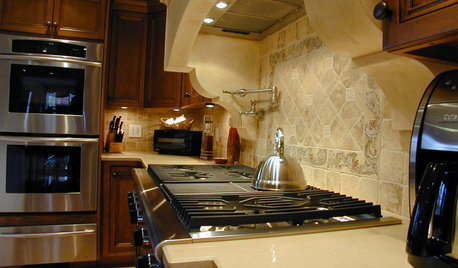
KITCHEN DESIGN8 Kitchen Design Tips for Foodies
If you own at least one pricey knife and have a slew of kitchen tools, you’ll want to read this
Full Story
HOUZZ TOURSHouzz Tour: Saving a ‘Brady Bunch’ Staircase in a Midcentury Remodel
Personal sentiments about the classic TV show convinced this D.C. couple to overhaul this 1968 home
Full Story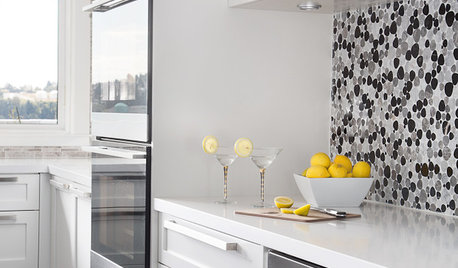
KITCHEN DESIGNNot a Big Cook? These Fun Kitchen Ideas Are for You
Would you rather sip wine and read than cook every night? Consider these kitchen amenities
Full Story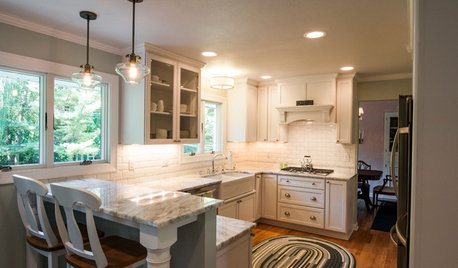
KITCHEN OF THE WEEKKitchen of the Week: 27 Years in the Making for New Everything
A smarter floor plan and updated finishes help create an efficient and stylish kitchen for a couple with grown children
Full Story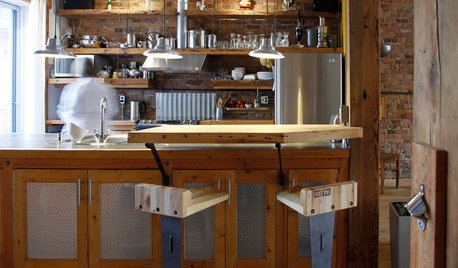
KITCHEN DESIGNPersonal Style: 50 Clever Real-Life Kitchen Design Details
Get ideas from savvy homeowners who have a knack for creating kitchens celebrating personal style
Full Story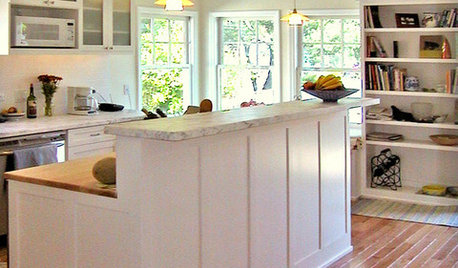
KITCHEN DESIGN8 Kitchen Organizing Ideas for Messy Cooks
Not the clean-as-you-go type? Not to worry. These strategies will help keep your kitchen looking tidy no matter what your cooking style is
Full Story





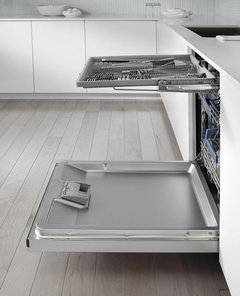
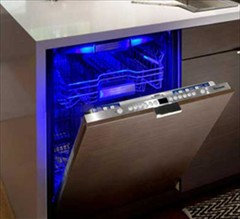



xedos